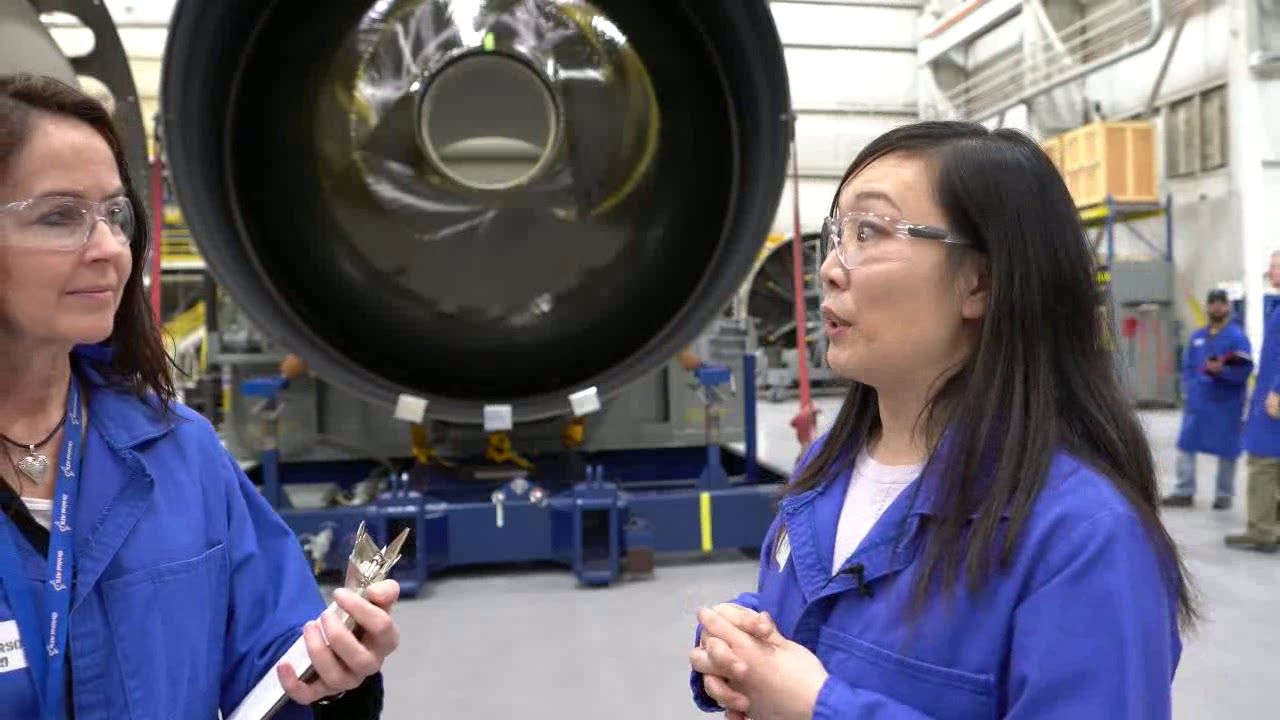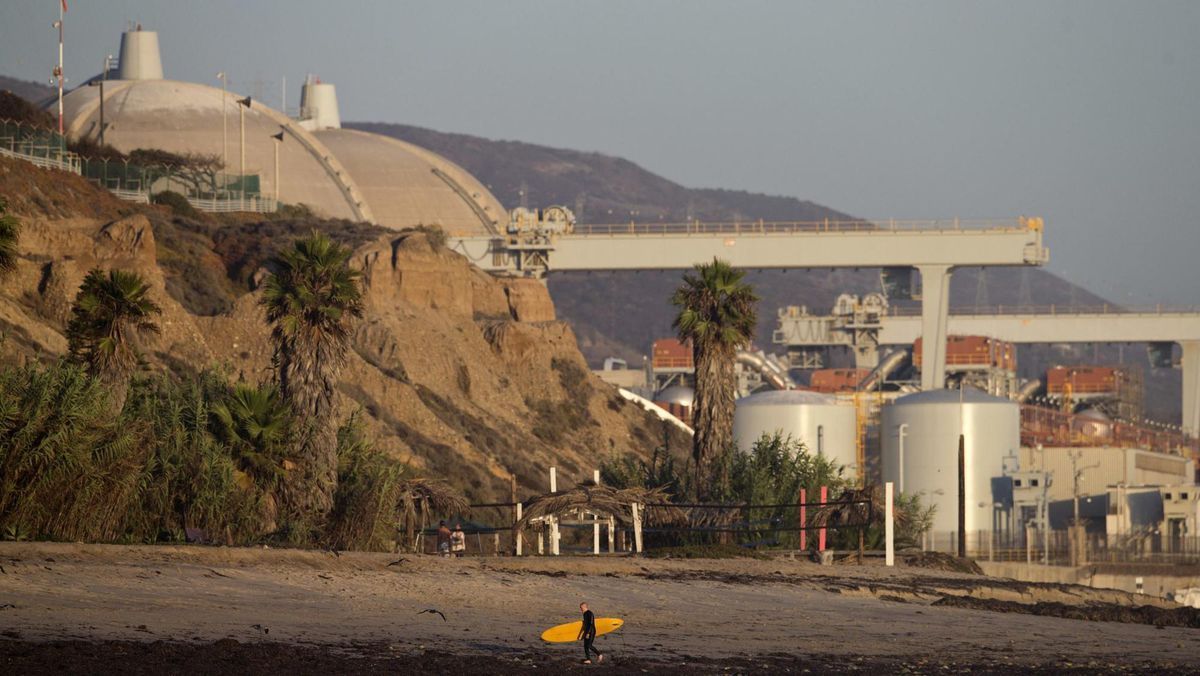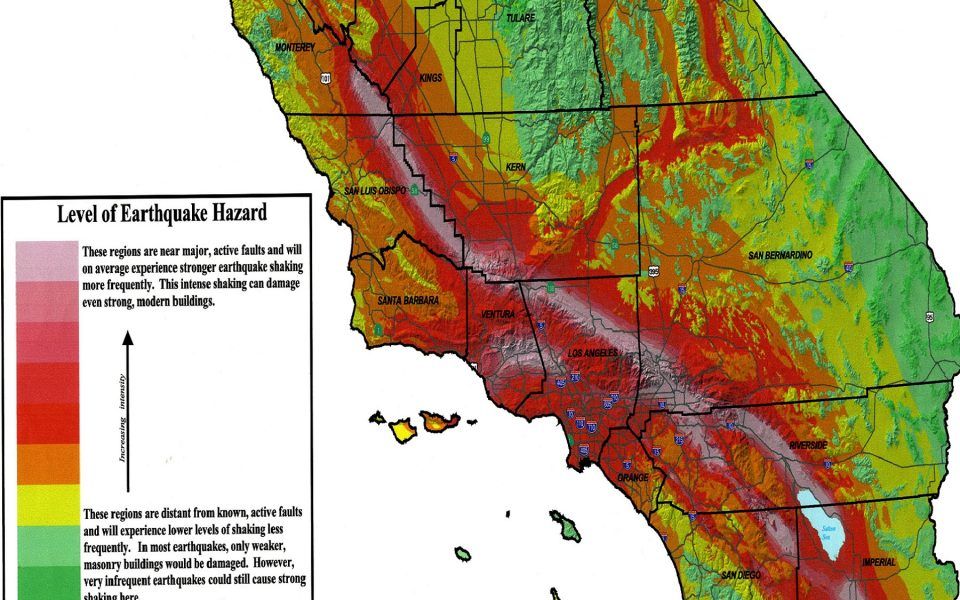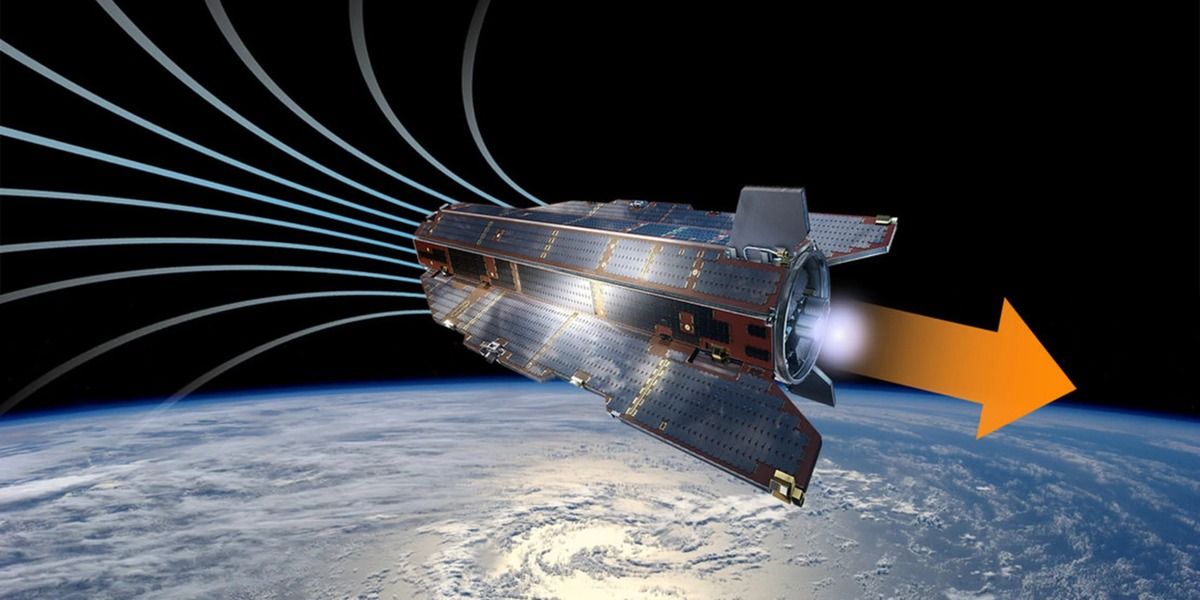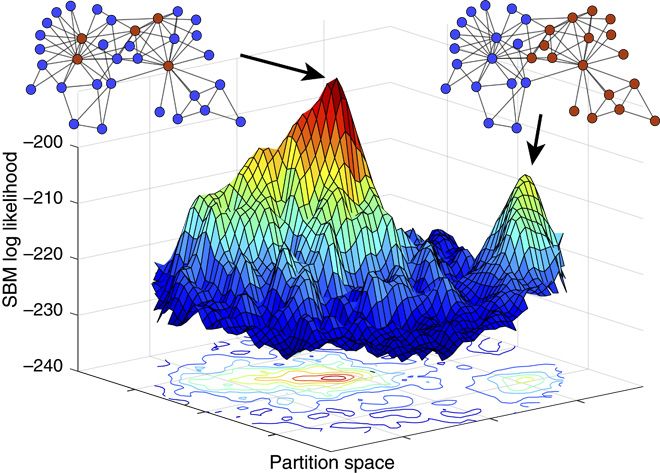Mar 26, 2018
DARPA Is Researching Time Crystals, And Their Reasons Are ‘Classified’
Posted by Genevieve Klien in categories: military, neuroscience, quantum physics
The US military likes to stay at the forefront of the cutting edge of science — most recently investigating ways they can ‘hack’ the human brain and body to make it die slower, and learn faste r.
But in an unexpected twist, it turns out they’re also interested in pushing the limits of quantum mechanics. The Defence Advanced Research Projects Agency (DARPA) has announced it’s funding research into one of the strangest scientific breakthroughs in recent memory — time crystals.
In case you missed it, time crystals made headlines last year when scientists finally made the bizarre objects in the lab, four years after they were first proposed.
Continue reading “DARPA Is Researching Time Crystals, And Their Reasons Are ‘Classified’” »



